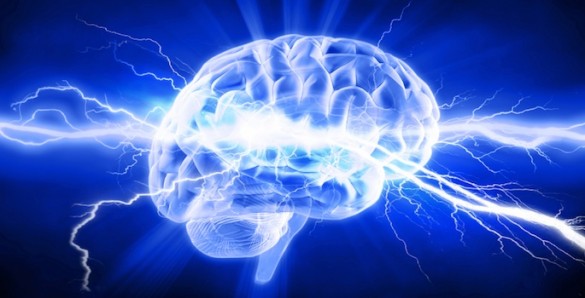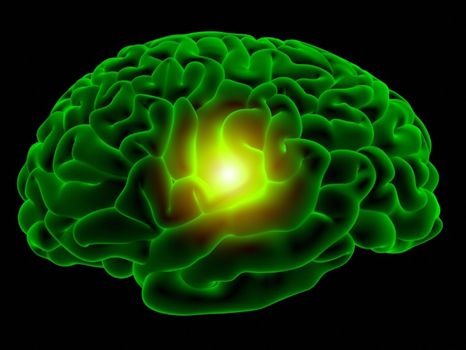Despite benefiting from dramatic improvements in movement after deep brain stimulation surgery, patients with Parkinson’s disease can be inadequately served when physicians and researchers focus only on its motor manifestations, said Joseph Neimat, M.D., associate professor of Neurological Surgery at Vanderbilt.

The emotional and behavioral disturbances sometimes caused by the disease, which include depression and impulse control disorders, can be as debilitating as its hallmark symptoms: tremors, rigidity and slow movement.
Deep brain stimulation (DBS), a treatment for the decline of those motor skills, most often helps psychological well-being as well. However, DBS can occasionally have the opposite effect, Neimat said.
The challenge for researchers is to better understand the circuitry within a small area of the brain and to engineer devices that can more precisely stimulate target points. Neimat is addressing the first part of that challenge.
He’s identifying that circuitry by measuring where neurons fire when patients are shown emotion-provoking images and videos or played music that elicits different moods. He’s done this while patients have been undergoing DBS surgeries to improve motor function.
“We have little electrodes that we put down in the brain,” Neimat said. “We have to put them there anyway to know where to do the surgery and where to leave the stimulator electrodes, but this represents a unique opportunity to test this part of the brain’s circuitry so we can begin to understand it better.”
While emotions and motor commands originate in different areas of the brain, the circuitry messages are transmitted through the same small structure within the center of the brain, the subthalamic nucleus, which is where the electrodes are placed for DBS. Scientists are just beginning to understand the role of the subthalamic nucleus in emotion.
“That structure is 8 millimeters from front to back (about 1/3 inch),” Neimat said. “In the very front of it, we have emotional circuits and in the very back of it we have motor circuits. You are putting something in that is about a millimeter and a half. At that relative size, there’s a significant chance of stimulating emotional as well as motor circuits.”
A patient case demonstrated the impact that DBS can have on emotions. A man, whose tremors had been greatly helped through DBS, needed a replacement neurostimulator, a battery-powered device inserted under the skin of the chest where an extension wire leads to the electrodes in the brain. He told Neimat he would rather suffer from the tremors than have the battery device replaced.
“After his surgery, his temper was so bad that he and his wife had terrible fights,” Neimat said. “They got divorced. For two years, they were separated. For whatever reason, when the device came out, his mood was better and they got back together.”
Hundreds of DBS surgeries have been performed at Vanderbilt University Medical Center, which is approaching its 1,000th procedure. That patient’s complaint was a rare report of a personality change among those patients, but it grabbed Neimat’s attention.
“This was a pretty dramatic demonstration that we’re not getting the whole picture unless we are treating their emotional as well as their physical state,” Neimat said.
His work has received support from the National Institutes of Health, a Michael J. Fox Parkinson’s Research Grant and a VUMC Discovery Grant.
He’s applied for new funding to continue research into the effect of DBS on emotional processing.















